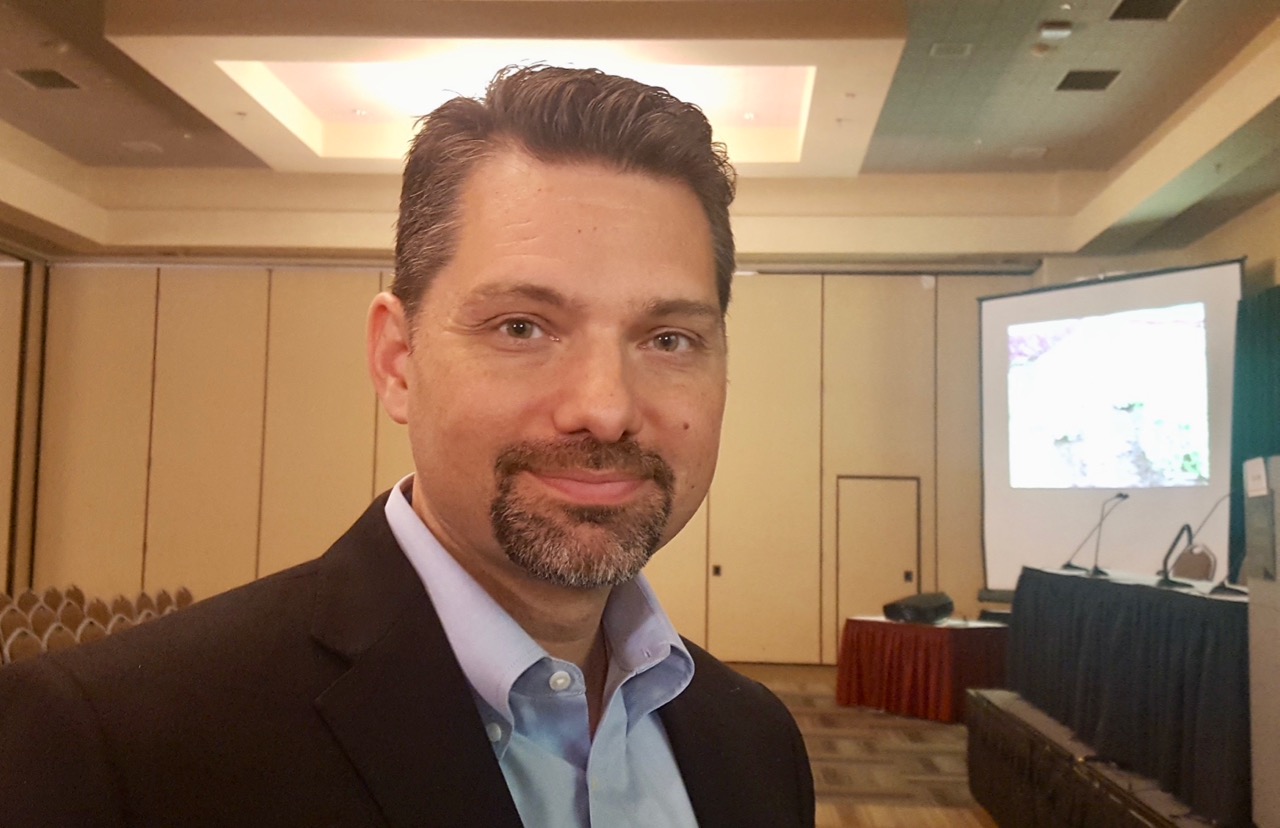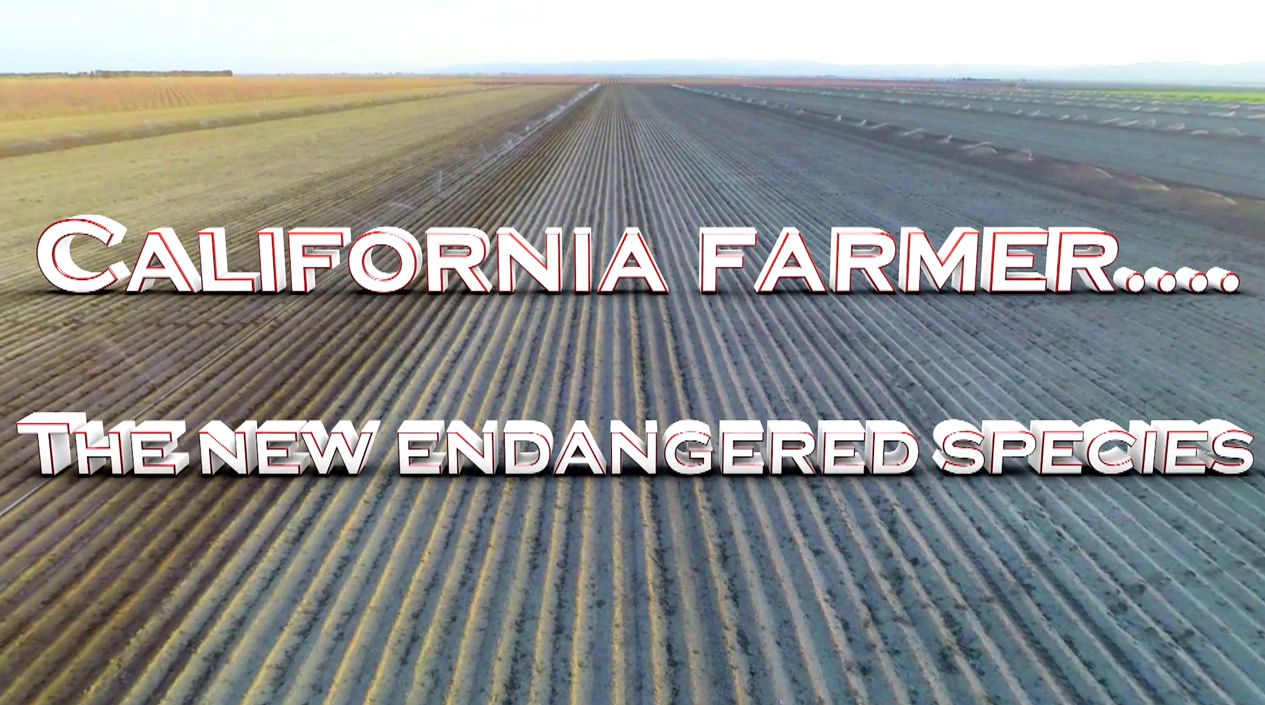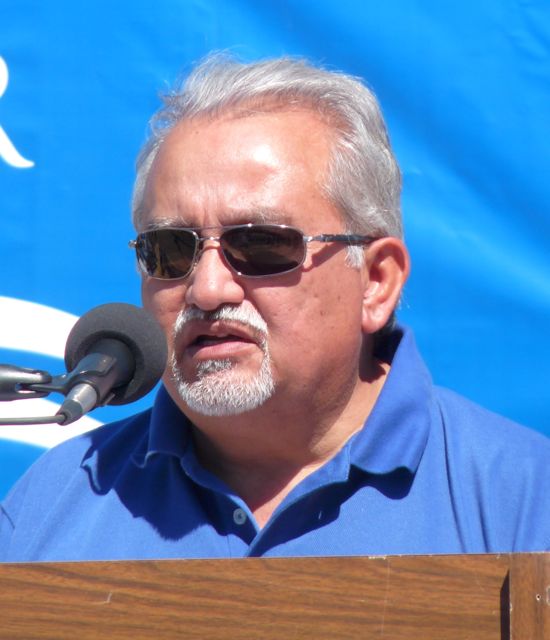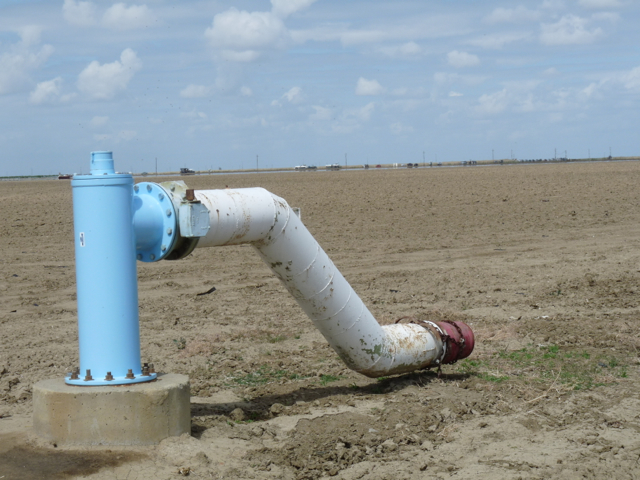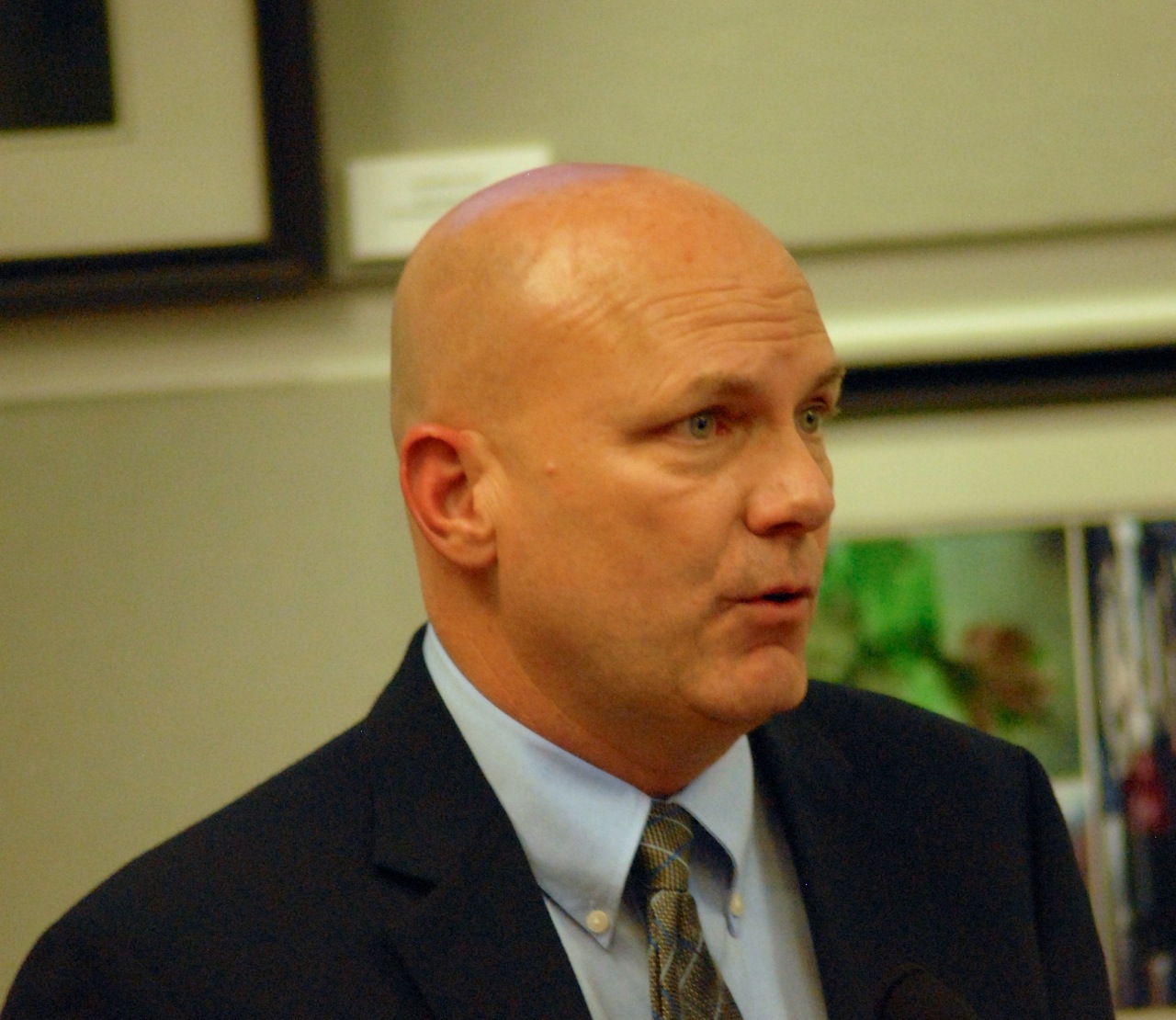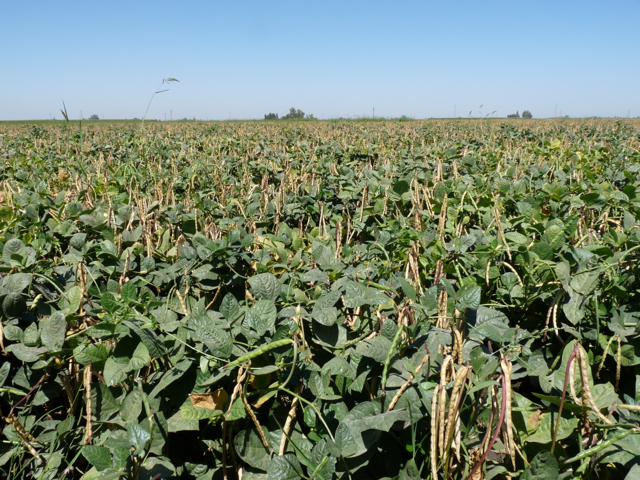Friant Water Blueprint Focused on Counties South of Delta
Blueprint Will Help Deliver Message for More Water
By Jessica Theisman, Associate Editor
An important blueprint for the success of farming in the Central Valley is being developed to present to California government officials. This blueprint outlines what must be done to get water to the eight counties south of the delta. The blueprint is a critical step to help keep farmers in business due to the pressure from the Sustainable Groundwater Management Act.
Johnny Amaral is the Friant Water Authority, Chief of External Affairs. Amaral overseas Friant’s engagement with San Joaquin Valley farmers, businesses, and related industry groups regarding water policy and water supply matters as well as legislative lobbying and communications activities.
“I remember this isn’t just about farmers. This entire Central Valley depends on a functioning water system. Whether you are a farm owner, a farm worker, a city councilman or somebody who works at a milk plant or at a library, it doesn’t matter,” he said. “San Joaquin Valley is in this together, and it is an all or nothing situation. This is being labeled as a farmer-led effort, and it is misleading.”
“This is a very broad coalition of very unusual interests coming together to promote this,” Amaral said.



